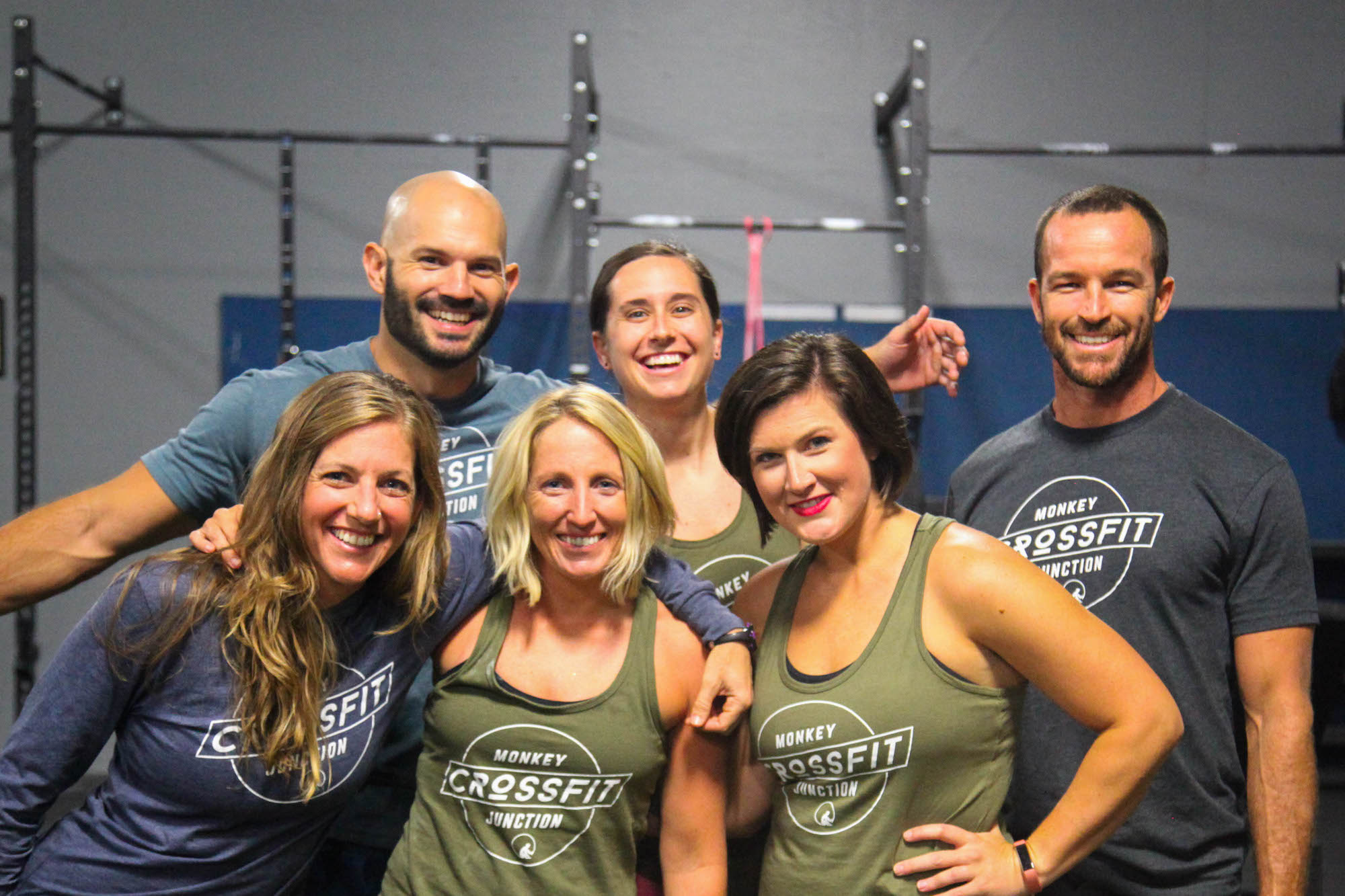
Risk vs Reward: Why Things are Different Here!
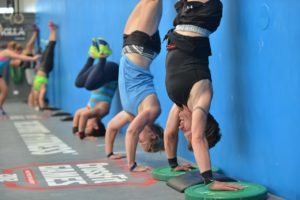
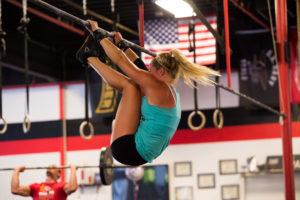
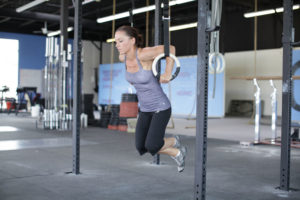
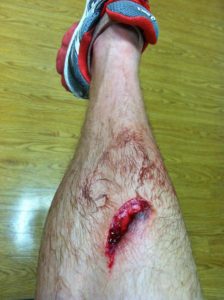
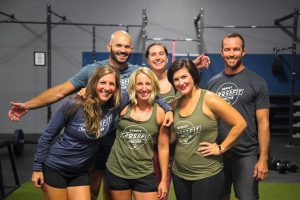






Hello MJCF Members-
Start- Saturday, Jan 6st 10am-1 pm. Short eating discussion will start at 10 discuss, give out some links and resources that’ll provide further detail, and field questions. Thereafter we will Weigh you, Measure, get Bodyfat Numbers and take pictures.
End of Contest- Saturday February 17th. 10 am – 12 noon. Weigh, Measure, Pinch and after pictures.
Awards Ceremony- Saturday February 24th. Approx 8pm. Location TBD
Cost– $25. This money is pooled and, minus contest expenses, all of it is distributed evenly among the two winners.
Rules- Only two…
1) You MUST get weighed/measured/BF % pinched and photographed on or after the Start date and on or before the end date.
2 )To win the contest and therefore the money, you must be present at the awards ceremony!
Procedures
We will take bodyweight, circumference measurements at the waist, arm and leg, and 3 site skinfold bodyfat measurements on all contestants. We will take 3 Photos of each contestant. Front, Back, and 1 Athletes choice posed. 6 weeks later, we will repeat all of the above. Then, in the week between the close of contest and the voting we will develop the pictures and place them in a photo album that will be present at the awards ceremony. All contestants who have completed the contest can then vote on 1 female and 1 male contestant to win. The most first place votes wins the contest. Your bodyweights, measurements, and fat % are not released to the other contestants and are not a factor in the voting process. The photos are the only relevant information. This is done in order to allow the relatively fit to participate and still win.
Differences from Years Past
There is no demand to log your food. We will establish an online platform and happily assist and advise anyone who wants our input, but there is no mandatory minimum log requirements.
Pictures will be taken in what we euphemistically refer to as our “storeroom”. This will provide a greater degree of privacy than prior contests have had.
Frequently asked questions
Can I do the contest but not pay, if I don’t care about winning?
No, this is CrossFit and winning matters, but even if you dont care, the fee remains. Plus we need your money for party supplies, and by party supplies I mean beer and wine.
I dont want to get my pictures taken, can I still do the contest?
No. But we will keep them out of any public domain (like the photo album and/or off the website) if you ask.
I’m bashful, Puritantical, or leprous. I don’t want to wear clothes that show my body. Can I still do the contest?
Yes. Wear whatever you want, but a) the more you cover the less obvious the change and b) wear the same thing. 2 different sweaters disguise change more than wearing the same sweater.
I cant make the Saturday photo times, can you take my picture on some other day.
Yes, we’ll have at least 1 alternate day, BUT even a few days of a late start is somewhat of a disadvantage, the contest is quite short already.
Can my spouse/friend/parole officer participate?
Yes. Provided they get before and after photos and attend the Awards Ceremony.
I hate parties, why do I have to go to win?
Ummmm….You may hate NORMAL parties, but this is a MJCF party, where handstands, human pyramids and feats of strength abound. You will enjoy yourself and your alcohol tolerance will be so low it’ll be like 8th grade all over again.
It’s worth noting. This Contest can be approached from a number of different vantage points. Some people use it as a gentle kickstart to a long term, sustainable eating plan, lifestyle change etc etc, and some people are in it for the money and get their teeth whitened, go tanning, and spend the last 36 hours of the contest shedding water with diuretics and a sauna suit. Both approaches are OK by us. You are adults and we’re not here to judge. Like the VAST majority of the fitness industry, we aren’t is credentialed in any sort of nutrition science. I’m of the strong opinion that in this day and age with the nutrition information readily available from VERY esteemed sources, you shouldn’t be paying anyone for nutrition advice unless they have a PhD after their name.
You are all strongly encouraged to participate. We keep it short and we hold it at new year’s every year on purpose. The Holiday’s have come and gone, and people are galvanized by a fresh start and new beginnings. An athlete who is thorough and committed to both diet and exercise frequency can make DRAMATIC visible change in 6 weeks. That said, if you arent fired up to participate, you will not become so as the contest proceeds. If your life is in disarray, if you’d rather wait until warm weather spurs you to action, if you just “need to work at your own pace” then you will probably drop out, be non compliant and fail to make changes.
We urge you to take this seriously. Realize that there IS indeed some sacrifice and discomfort in your future. Bear down and stick to it. You can always go back being the way you were, but you’ll get some good pictures out of it.
Good luck, athletes!
Starting Monday November 6 we will kick off an 8 Week Strength program. While there are 10 Attributes that go into CrossFit’s definition of fitness, strength likely has the greatest spillover benefit and as such is worth developing. A number of factor’s influence the program’s design:
Safety: MOST IMPORTANTLY, the program as structured should minimize (unfortunately not eliminate) your risk of injury, but to that end it’d be really helpful if your read this brief outline.
Simplicity: In both execution and in record keeping, this program is extremely simple.
Efficacy: The scheme is commonplace, has been around for quite some time, and almost always results in an 7-15% jump in measurable strength. If you are new to lifting weights you can expect a figure in the double digits. If you’re more experienced you’re aiming for 7-8% gains.
Appropriateness: Strength IS important, but we aren’t abandoning the goal of being “A minus” at everything having to do with human movement. It’s still CrossFit, thus we still have scheduled work capacity and skill development periods.
We start this week and conclude in the last week of December, between Christmas and New Year’s Eve. Immediately thereafter, we start our 6 week MJCF Diet Contest on 1/1/18 and the workout focus will change dramatically to longer, more rigorous work periods. A solid foundation of strength will set the table nicely for the work capacity tests in Jan/Feb.
Here’s how it all works.
Lifts:
Monday-Shoulder Press.
Tuesday- Deadlift or Sumo Deadlift
Wednesday- Pullup
Thursday- Bench Press
Friday- Back Or Front Squat
Think about the results of a missed shoulder press or pullup….No big deal. Same with the bench press (with an appropriate spotter, of course). But a missed back squat has some inherent danger to it, a deadlift where the spine, even briefly, leaves good positioning can injure quickly and unexpectedly. Consistent with our ethos of weighing risk vs reward AND preserving you for the long haul, we want to tread very softly when it comes to max effort squats and deadlifts.
Mitigating risk is also why we are testing a 5 rep max as opposed to a 1 rep. If you are in over your head on a set of 5 chances are you recognize such on rep 3 or 4 and (hopefully) have the good sense to stop, or perhaps a coach spots your form degrading and stops you. With 1 rep maxes, there’s no early warning and correcting an error in technique mid rep is that much harder because the loads are x amount heavier
Thereafter you will, on the corresponding day of the week, do 1 light warmup set of 10 reps, a medium warmup set of 6 reps and then 2 working sets of 5 reps each. The 5th and final set you will take to either full fatigue (upper body) or to a point where you have doubts about your ability to safely get 1 more (squats/deadlifts). The last set will determine next week’s loading. If you get 5 reps you’d go up in weight likely by 5% or so. If you got 6-7 reps, you’d go up more and 8 or more you’re weight jump would increase etc. It is therefore essential that you get on SugarWOD and record your scores. No more putting it off. You are paying for more than “stroll in, do what’s put in front of you, stroll out, think/hope you’re getting better/stronger/fitter”. Please take advantage of the tools at your disposal. Your fitness will improve at a faster rate and to a higher level.
After finishing your primary lifts (15 minutes) You’ll perform 1 accessory lift, whose purpose is solely to drive progress in the primary lift. these accessory lifts will change week to week, providing a little mental variety and changing stimulus. Early on this accessory movement will have a tempo control, meaning that the athlete is meant to take a certain amount of time in each phase of the lift. For example, a tempo designated 2-2-x-1 would mean translate to 2 seconds on the descent, 2 second pause at the bottom, Up as fast as possible and 1 second at the top. The goal of the accessory work is muscle fatigue, and all 3 sets are meant to be a significant challenge.
Lastly, we will have a work capacity period most days. This will “feel like CrossFit” although most days will trend a little short. Expect hard, fast 2 and 3 element workouts in the 8-12 minute range.
Your coaches will fill in the details. Meanwhile, get up to speed on SugarWOD asap, eat clean, get some sleep and get ready to get stronger.
We’re excited!!!
Hello All-
Day 1:
2×2 Snatch
3×1 Snatch
4×2 Clean from high blocks
4×2 Clean pulls @ 100% speed
5×3 Back Squat
Day 2
2×2 Clean and Jerk
3×1 Clean and Jerk
5×3 Push Jerks
4×2 Snatch pull 100% speed
Day 3:
4×2+1 Snatch from high hang +1 OHS
5 sets Clean high pull + clean + jerk
3×5 pull ups
4×2 Front squat
Day 4:
Max out lifts!!!!
Max front squat
Day 1:
3×2 Snatch
3×1 Snatch
5×5 Snatch grip bent over row
4×2 Clean pulls at 100%
5×3 Back Squat
Day 2:
3×2 Clean and Jerk
3×1 Clean and Jerk
5×2 Snatch from high blocks
5×3 BTN Push Press
4×2 Snatch pull at 100%
Day 3:
6 sets High pull + Snatch + OHS
4×2+1 High hang clean and Jerk
3×5 Pull ups
4×2 Front Squat
Day 4:
Max out lifts!!!
Max out SOMETHING ELSE (blame Kathleen)
Hello All! Welcome to MJCF!
Day 1:
6×1+1 Snatch balance + OHS
5×2 Snatch
5×2 Clean pulls with 3 sec descent
5×3 Front Squat
Day 2:
5×2 Clean and Jerk
4×2 Snatch from low blocks
4×3 Push Press
5×2 Snatch pulls with 3 second descent
Day 3:
5 Sets Snatch from high hand and snatch from knee
4×3 Clean from low blocks
4×2 Jerks
5×5 Back Squat
Day 4:
Max out lifts!!!!
Hello All-
First and Foremost, our profound thanks for your support. Prior to opening, we had certain membership goals for the one month mark. Thanks to your collective participation, we hit our monthly membership goals ON THE FIRST DAY! We are shocked, amazed and above all, so very grateful!
Onto some exercise related stuff. We thought it might be of interest to, with this entry, detail a little about our programming process. The gist of it is, each day of the week corresponds to a fundamental movement pattern, after which, that pattern won’t repeat again till the next week. This is a conscious choice done to reduce chance of injury. For example, this Monday our “Strength Component” was Seated Dumbell Shoulder Press and our “Work Capacity” was Freddy’s Revenge. Both featuring resisted shoulder extension. So, for the remainder of the week, resisted shoulder extension is by and large OUT of the programming. It’s not a hard and fast rule and there is some grey area. There may be some overhead movements, but they won’t be particularly heavy or high volume. We might see Wallballs, for example. While technically this has some resisted shoulder extension, but it’s relatively light loading and low risk.
So, real fast, here’s a map of our week.
Monday- Shoulder Extension/Overhead (Shoulder Press, Bench Press, Etc)
Tuesday- Off the Ground/Hip Hinge (Deadlift, Clean, Snatch)
Wednesday- Aerobic Focus
Thursday- Upper Body Pulling (Pullup/Toes to bar/ Rows)
Friday- Hip Extension (Squat/Lunge)
We throw an aerobic focus on day 3 of our 5 day cycle, so the weekly pattern is 2 high stress days, 1 day “off” 2 high stress days, 2 days (sat and sun) off.
The net effect is, a wide variety of movements and patterns that cover as many bases as we reasonably can, with a constant eye toward preserving the joints/reducing injury risk.
We hope you enjoy the process!